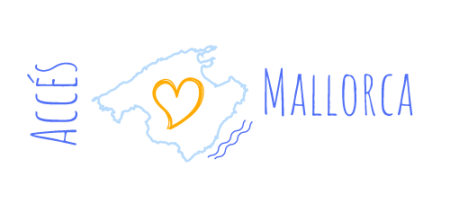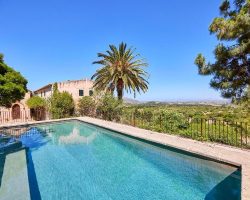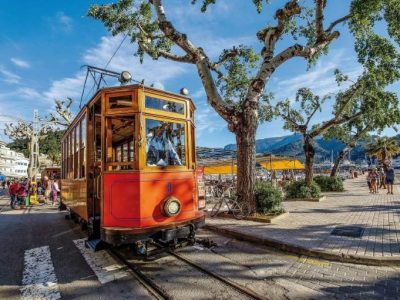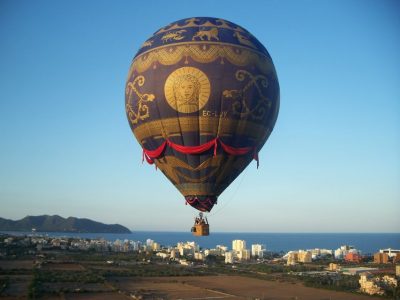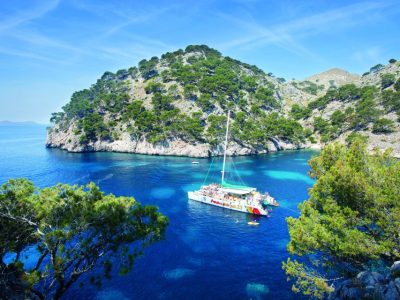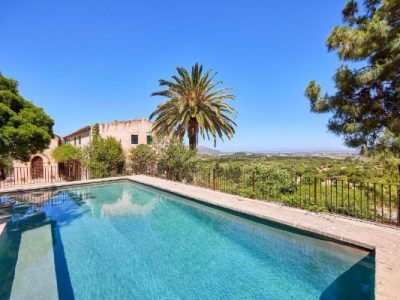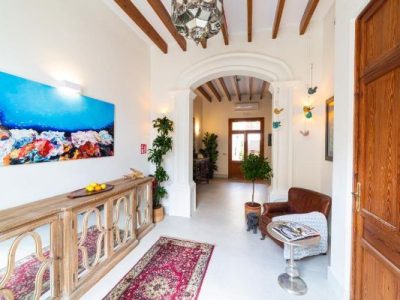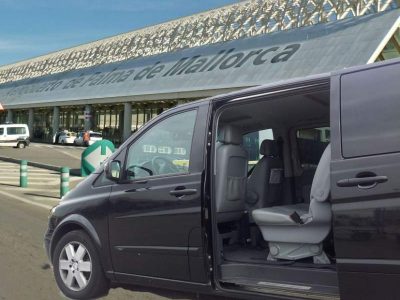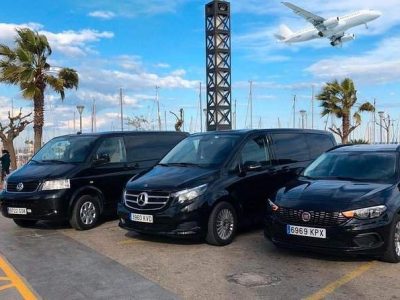All your holiday planning needs in one place, letting you book direct and benefit from official online rates
- Places To Go
- Things To Do
What’s Your Interest?
Traveling with kids
- Blog
Sa Pobla, Mallorca, Things to do and see, hotels, market
Sa Pobla is the perfect destination for you who want both cultural life and sports during the holiday. The beautiful location in a rural setting, yet still close to both mountains and coasts makes Sa Pobla a mecca for active holidaymakers. Sa Pobla also offers a rich cultural life with lots of annual events and long traditions.
- This is where I want to go!
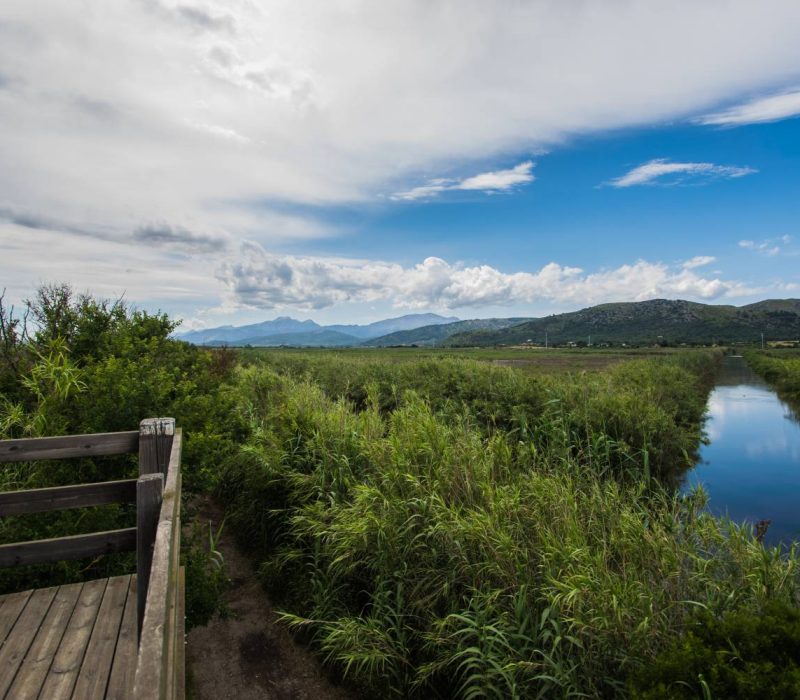
Why visit Sa Pobla
Things to do in Sa Pobla
For some reason, the area of Sa Pobla is somewhat overseen by many travel agencies and tour operators, a real shame because the area has much to offer; places of interest, wonderful nature and multiple annual festivities.
Below are a few suggestions on things to do and see in the area of Sa Pobla.
VISIT THE MUSEUM OF CAN PLANES
One of the most significant places in Sa Pobla, is the stunning building of Can Planes and the museum inside. The museum is mainly dedicated to contemporary arts, however, there is also an interesting exhibition of antique toys that has been here since 1972. Most of the art exhibitions changes frequently, but there are also a few staying ones. Can Planes hosts a range of interesting activities and events throughout the year; workshops, demonstrations etc. The museum is well worth a visit, a thing you should do in Sa Pobla.
DISCOVER THE S’ALBUFERA WETLANDS
One of the biggest natural areas in Mallorca is the wetlands of s’Albufera, located just north of Sa Pobla town. S’Albufera is home to more than 200 species of Balearic wildlife, including a wide variety of Mediterranean birds to watch and observe. The 2,600 hectares of nature park has marked walking and bicycling routes leading about between the scenic vegetation crossing little bridges passing
VISIT THE PAROCHIAL CHURCH
As the case of many Mallorcan towns and villages, the churches have a central role in the forming of the local community. Inside the church of Sant Antoni, you will find a beautiful interior, an organ of the famous Damià Caimari dating back from 1717 along with a collection of religious arts.
VISIT THE 14TH CENTURY CHURCH OF CRESTATX
It’s always interesting an fun to see something that dates back a long time and has a history to tell. The oratory of Crestatx was erected back in 1360 to give the small community a place to fulfill their religious obligations. The temple has underwent many restorations and modifications since the original building was constructed, however, many of the original elements are still seen on the exterior and in the interior. Beautiful gardens surrounds the oratory. This is a great little trip to a nice and tranquil area, perfect if you are also visiting the s’Albufera wetlands, or are just nearby.
FAQ
Here are the best accommodation options in Sa Pobla:
Sa Pobla is located in the northern part of Mallorca, approximately 48 km (~30 miles) from Palma airport. The transfer time by car or taxi is about 30 minutes.
A taxi from the airport will cost about 55-60 euros.
If you prefer a more comfortable transfer, consider an air-conditioned private minibus. Book here
The weekly market in Sa Pobla is held every Sunday morning, starting around 8 am.
Market and Events in Sa Pobla
Weekly Market in Sa Pobla
Sunday is market day in Sa Pobla.
Annual events and happenings
January
Sant Antoni Abat
Sant Antoni Abat is one of the most popular and traditional celebrations in Sa Pobla, held on January 16 and 17. The celebration usually starts in the morning with blessings of pets in front of the church, as Sant Antoni is the protector of animals. However, the real party starts in the afternoon hours when bonfires are lit all over town and the demons come out to dance. There are a range of activities, food and wine, as well as musical performances. This is not just a fun party to attend, but also a great chance to experience some real Mallorcan culture, and taste traditional local foods such as espinagades (closed pies) with eel caught from the s’Albufera and kale. The celebration of Sant Antoni Abat is probably one of the best times to visit Sa Pobla.
February
La Rua (carneval)
La Rua is a wonderful event happening in almost every town of Mallorca. Everyone dresses up in costumes, the streets are decorated in all colors of the rainbow and parades are held with music and dance performances. La Rua precedes Easter, and it is a wonderful thing to attend.
April
Easter
Easter is an important holiday in Mallorca, there are many events and happenings all over the island in this time. In Sa Pobla, there are a great number of events especially during Maundy Thursday and Good Friday. Some of the highlights include a pilgrimage to the oratory of Crestatx, the first chapel of the area built in the 14th century, music and dance performances, feasts, bonfires and fireworks.
Day of the book
This is a small fair dedicated to books and writing. The main square will be transformed to an open-air library where books and flowers are sold, as well as many activities relating to literature will be held.
Fires d’oportunitats
In both April and October the Fires d’oportunitats (Fair of Opportunities) is held in Sa Pobla. All the shops in the town empty and sell their stock at very low prices. This is the perfect opportunity to find cheap kitchen equipment, new shoes or clothes, jewelry etc. At the April fair, cars are also on sale.
June
Fira nocturna de sa patata
On the first Friday and Saturday of June, Sa Pobla celebrates the potato with a special night fair. A wide range of the bars and restaurants put together special dishes made with potatoes and offer them at the Placa Major. At the fair, you can sample great traditional cuisine, avant-garde and sweet pastries and cakes, all made with potatoes as the main ingredient. The dishes are typically less than 5€.
July
Santa Margalida i Sant Jaume
This is a celebration of the summer, which is usually held on the second fortnight of July. During the weekend, you can experience a range of fun activities and events around the central square of the town, such as competitions, concerts, dance performances, cooking demonstrations and contests, market etc. A recent addition to this festivity, is the Brutal Running event, where competitors have to make their way through mud and difficult obstacles.
Mallorca Jazz Festival
If you are fond of jazz, you must visit the annual jazz festival in Sa Pobla from late July to late August. A number of world-class artists enter the stage every night at Placa Major to give you a great performance in the Mediterranean summer nights. The jazz festival attracts a lot of people every night, so this is a great time to see Sa Pobla for a joyful time.
September
Festa de la Llanternes
The last Friday of September, we celebrate the lantern and its features of illuminating. During the day there will be workshops of lantern making, and later, parades of Mallorcan xeremiers (bagpipes) going through town ending at the Plaça Major.
November
Fira de Tardor
November means autumn fair in Sa Pobla, 2 weeks of festivities revolved around a chosen theme. The autumn fair celebrates traditional values such as the harvesting of crops
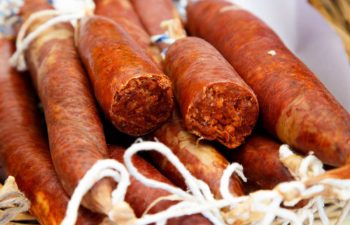
Support Local
Supporting local communities during your travels can have a profound impact. Stock up with groceries locally, stop in an artisan shop or enjoy a refreshment at a restaurant or bar. Now more than ever, these small businesses need support from travelers near and far.
Get to know the area of Sa Pobla
History of Sa Pobla
The history of Sa Pobla dates back to the talayotic culture on the Balearic islands, about 2,000 BC. Some of the most remarkable founds are those of Claper Gros, sa Paret des Moros, de Gaieta Gran, de Son Cebrià, de Darrera ses Cases, de Son Antoni, i des Vilar, de Talapi. From the Talapi site, a bronze sculpture of a bull’s head has been found which is believed to date back from the 5th century BC.
In 123 BC, Quintus Caecilius Metellu conquered the Balearic islands and made them part of the Roman empire. He established two main cities in strategic positions, these two were Palmera and Pol-lentia. In the local area known as Crestatx, several interesting founds have been done such as remains of amphorae, ceramics and coins, which evidences Roman occupation. Moreover, according to etymologist, Joan Coromines, the name of Crestatx could very well derive from the Latin word ‘castra’ which translates to camp.
Between 455 and 534, Mallorca was occupied by Vandals who incorporated the Balearic islands under Byzantium. For almost a century, the islands were depending on Byzantium. However, in the 7th century Muslim tribes started incursions all over the Mediterranean region, which eventually led to the conquest of Mallorca and the other islands in 902. Between 534 and 902, there are no records of any significant occupation.
During the Muslim period, Sa Pobla belonged under the jurisdiction of Inkan (Inca), and was controlled by the tribes of Marniza and Sindina. The Muslims gave it the name Huayar-Alfhas, which translates into something like ‘water of the meadow’. This could very well have corresponded to the s’Albufera area. The presence of the Muslims is quite noteworthy in the area of Sa Pobla, as the old qanats, wells and fountains, but also names of farmhouses such as Talapi, sa Marjal and el Rafal.
Following the Catalan conquest of Mallorca (1229 – 1232), king Jaume I distributed the island amongst participants of the campaign, who then distributed their areas amongst their knights. There is not much information available about whom received the lands of Crestatx, however, there are registrations of inhabitants from 1241 in the area. Sa Pobla was not officially established until the beginning of the 14th century, after king Jaume II of Mallorca allowed for the current urban nucleus to be established along with the first parochial church dedicated to Sant Antoni de Viana. Soon after, the original small community of Crestatx died out.
Already in 1368, Sa Pobla had grown to a size that allowed the new town to separate from the municipality of Campanet that at that time was the ecclesiastical center.
The following two centuries were dominated by social conflicts which turned to violence, first the Revolta Forana and later the rise of the Germanies. The conflicts had been underway already from 1391, when a mob of peasants assaulted a group of Jews in Inca blaming them for poor economical situation.
Between 1450 and 1453, the Revolta Forana (Revolt of the Foreigners) broke out, a fight between classes. The forenas (foreigners) was a term used of the small landowners and day workers. They felt outraged that merchants, horsemen and nobles had too much influence and privileges, and wanted better living conditions. The other side, however, was not willing to give in, and so, a confrontation was emerging.
Multiple battles were fought and blood was shed all over the Mallorcan countryside. Eventually, the king had to interfere, but it was not without consequences for the population, many lives was lost in those years.
70 years later, a new mobilization of angry opposition against high fiscal pressure arose, this time guilds of artisans. The rebellion was called Germanies, a movement that included the entire Mallorcan population. The Germanies was far more organized than the foreigners, and placed themselves in strategic positions all over the island. Especially on the main road to Alcúdia and the lands of Sa Pobla was key locations of the armed Germanies. On November 3rd 1522, the battle of Son Fornari took place. Armed inexperienced peasants stood side by side in the meadows of Sa Pobla facing the royal army sent by the king of Aragon. Of course they were completely defeated and more than 1,000 men lost their lives that day. Prisoners and dead bodies were strung up in the trees along the main roads to set an example.
The beginning of the 18th century was characterized by social nervousness, as the War of the Spanish Succession broke out leaving the markets in Europe in a fragile state of condition.
However, in the 19th century Sa Pobla started to see an increase in agricultural production making use of the dry soil, which accounted for almost 74% of the lands. Olive trees, cereals, figs, almond trees and carob trees made for the most of the production. In the last half of the 19th century (1872), a commercial exploitation of the s’Albufera wetlands allowed for more seeding and led to further increase in production. In the local area of Sa Marjal, estates such as Son Fornari, Son Amer, Son Marc, Son Vivot and Es Ullalets, were fully occupied.
Later in the late 19th century, new cultivation techniques replaced old ones. A transformation of the agricultural industry allowed for new industries to be introduced in Sa Pobla, such as production of machinery, mills, wineries etc. The importance of the industrial life of Sa Pobla was clearly recognized when the railway connection of Mallorca was set to connect Sa Pobla with the rest of the island. This led to further increase in living conditions in the area.
With the introduction of electricity in the town on July 24, 1912, Placa Major (main square) was lit every night. Later, in 1920, the first telephone service operator was installed in Sa Pobla, and already in 1936 it had 85 subscribers.
In 1931, the newly appointed mayor of Sa Pobla, Miquel Serra Siquier, boosted the construction of the current water networks in the town, as well as bringing life to the cultural and sporty activities.
Following the civil war and the power of the regime, unions, politic parties and democratic elections was banned all over Spain. Sa Pobla with its many working class inhabitants suffered great decrease in living conditions.
With the introduction of commercial tourism in the 50’s, Mallorca was facing a whole new societal structure. Traditional occupations in agriculture and industry, which for centuries had been the main source of income in Sa Pobla, was suddenly reduced to a minimum due to the demand for services.
Today, decades later, Sa Pobla has started to see some increases in tourism, but is still mainly an area of agriculture and construction. The location close to Pollenca, Port d’Alcúdia and Platja de Muro, however, allows for good job opportunities in tourism.
Practical Info
Useful Numbers
Emergency: 112
National police: 091
Local police: 092
Guarda civil: 062
Fire: 080
Maritime emergencies: 900 202 202
Town Hall: +34 971 510 000
Public Transport
Bus lines: 320, 321
Power Supply
220V
